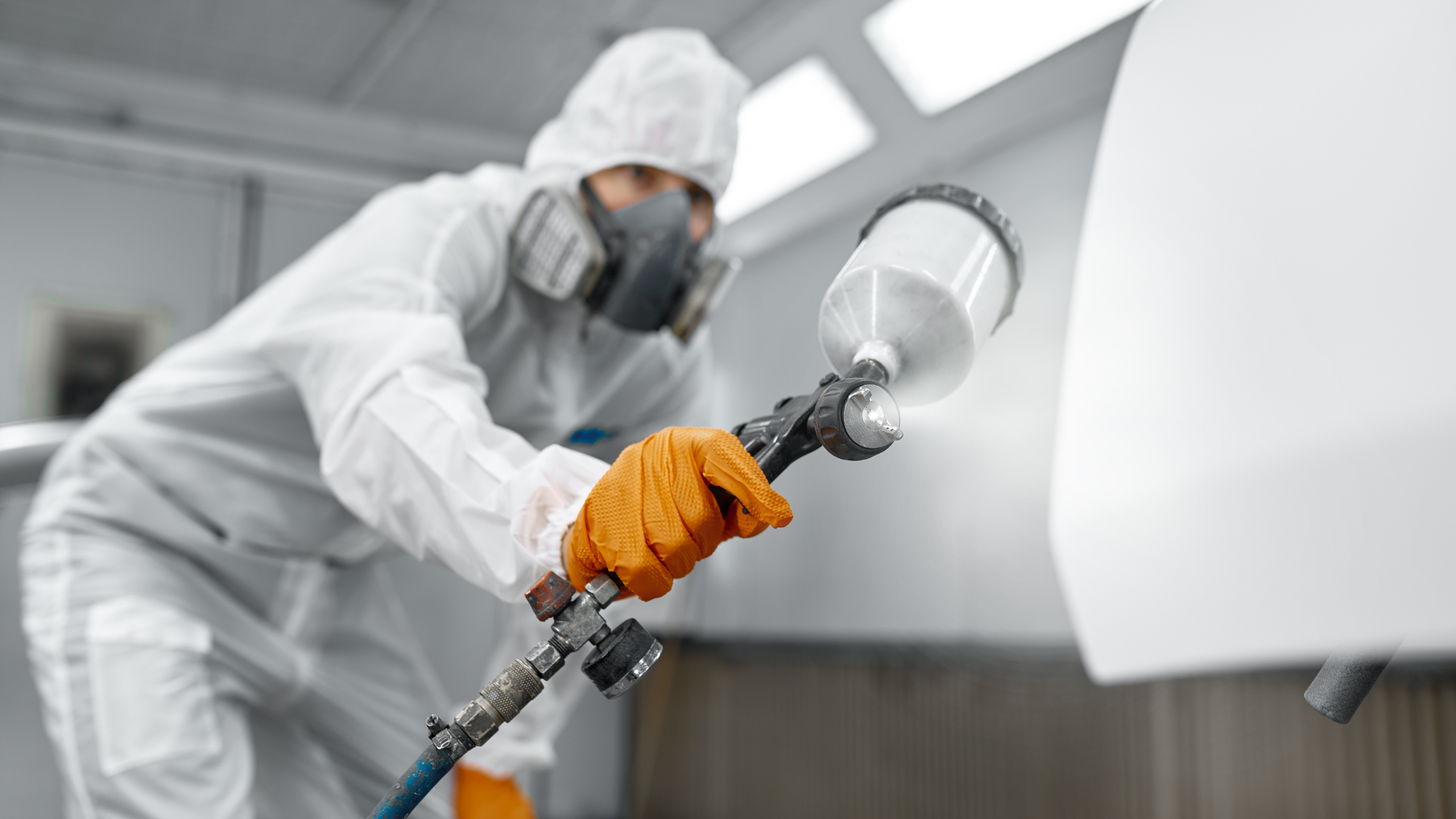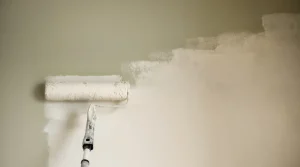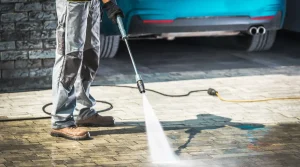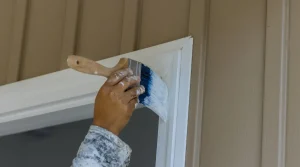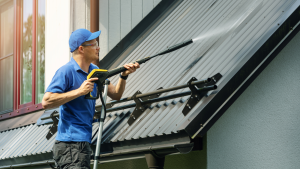With warmer days and blossoming flowers, enthusiasm builds for enhancing homes, and a popular method is giving them a fresh paint makeover. While introducing new colors can dramatically change your home’s appearance, prioritizing safety is crucial. This blog post delves into straightforward yet vital safety guidelines for your painting endeavors. Additionally, we’ll explore the significance of spring painting – it extends beyond aesthetics, allowing you to capitalize on the pleasant weather.
We will provide six essential tips to ensure a safe and enjoyable painting project. These encompass selecting the right tools and establishing a secure work environment, ensuring your home transformation is visually stunning and worry-free. Let’s turn your springtime painting adventure into a vibrant and fast success! Elevate the aesthetics of your home, school, corporate office, place of worship, municipal building, or retail space with the expertise of New City House Painter. Our dedicated craftsmen guarantee outstanding results for every project
How can a painting be done safely?
Prioritize Ventilation: Ensure proper ventilation by opening windows and doors in the painting area. This disperses fumes from paint and solvents, minimizing the risk of inhaling harmful chemicals. When painting indoors, use fans and consider wearing a mask with the appropriate filter for added protection.
Invest in Protective Gear: Acquire high-quality safety gear, including gloves, safety glasses, and respirators. This protects your skin, eyes, and respiratory system against fumes and splatters. Additionally, opt for long sleeves and pants to reduce skin exposure.
Stabilize Ladders and Equipment: If your painting project involves climbing ladders, verify their stability on a flat surface. Maintain proximity and use the top rungs cautiously. Secure paint cans and tools in a tool belt or on the ground to prevent accidents caused by dropped objects.
Where can springtime painting occur?
Springtime painting is versatile, happening both indoors and outdoors. Outdoor projects may involve the front of the house, edges, or the front door. Indoor options include refreshing walls, ceilings, or furniture. Regardless of the location, prioritize safety by employing the appropriate safety measures for your specific painting environment.
Ensuring Safety in Painting: 6 Tips to Minimize Hazards
- Check the Weather Forecast: Monitor the weather forecast before commencing. Don’t paint on windy or wet days because these conditions can compromise the paint job’s quality and pose safety risks.
- Inspect and Prepare the Surface: Verify that The surfaces that need to be painted are dry, clean, and in good condition. Repair any cracks or damages, and remove loose paint before applying a new coat. This enhances the durability of your paint job and prevents accidents from unstable surfaces.
- Use the Right Tools: Select appropriate brushes, rollers, and tools for your painting task. Utilizing the correct equipment improves the visual outcome. It lowers the likelihood of mishaps or injuries resulting from improper tools.
- Create a Safe Workspace: Mark the painting area with caution tape or signs to alert others to the ongoing project. Keep children and pets away from the work zone to prevent accidental spills, injuries, or disturbances during the painting process.
- Stay Hydrated and Take Breaks: Recognize that painting can be physically taxing, particularly during the summer.
- Drink lots of water to stay hydrated and take pauses to remain focused and prevent weariness.
- Overexertion can lead to accidents, so pacing yourself is crucial.
- Dispose of Materials Properly: Responsibly dispose of paint cans, brushes, and other materials. Adhere to local laws when disposing of hazardous materials, as improper disposal can harm the environment and pose risks to health and safety.
Tips for Creating a Secure Painting Environment:
- Plan Your Schedule: Allocate ample time for your painting project. Avoid rushing, as haste can lead to mistakes and accidents. Plan breaks and follow a realistic timeline to ensure a safe and successful outcome.
- Educate Yourself on Paint Types: Understand the safety considerations of different paint types. Familiarize yourself with drying times, fumes, and cleanup procedures. This knowledge enables you to take appropriate precautions during the painting process.
- Emergency Preparedness: Keep a first aid kit nearby, with bandages, antiseptic wipes, and pain relievers. Familiarize yourself with emergency procedures, including responding to accidental spills or injuries during the painting project.
Conclusion:
Undertaking a springtime painting project is an excellent opportunity to enhance your home’s appearance, but safety should always be a top priority. Adhering to these safety guidelines helps prevent issues and ensures a fun and successful painting experience. Remember that prioritizing security extends beyond safeguarding your house; it’s also about keeping yourself safe. Always prioritize security, allowing you to enjoy the vibrant spring colors while painting with peace of mind.

